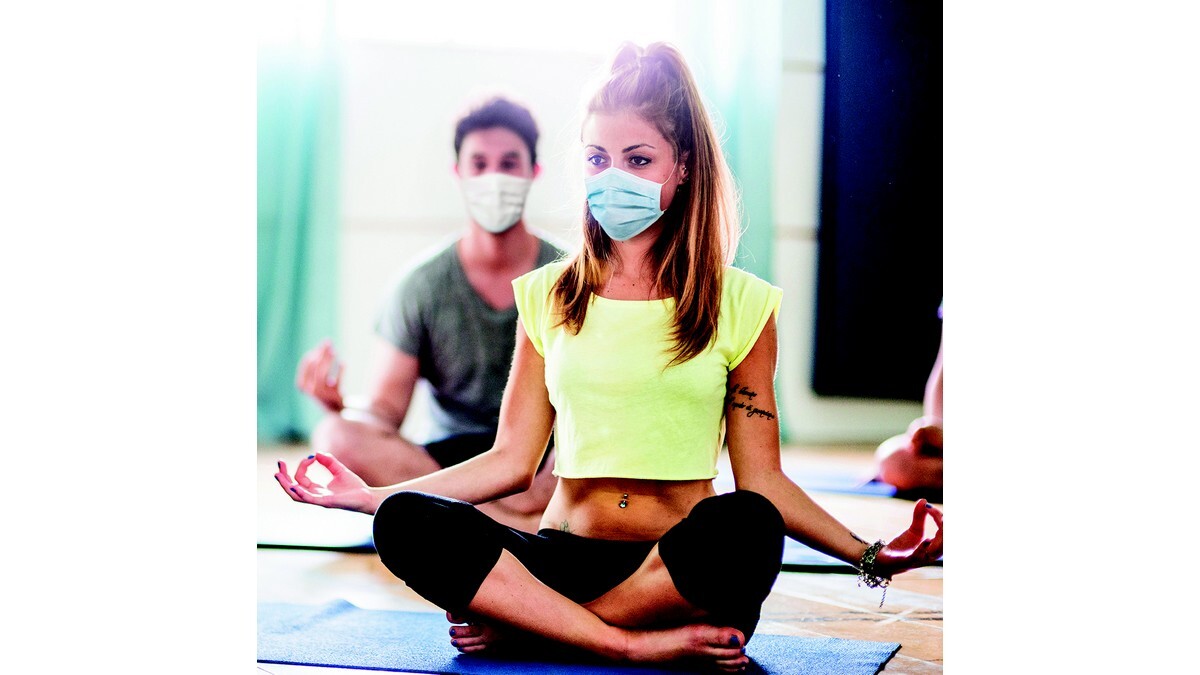The number of people who have been infected by the novel coronavirus COVID-19 is difficult to determine, as millions may have had the virus but been asymptomatic.
But as of April 2021, the Center for Systems Science and Engineering at Johns Hopkins University reported that more than 31 million people in the United States have had confirmed coronavirus infections, and Canada reported 1,087,158 confirmed cases with 80,204 considered active at that time. Thousands of new cases are reported daily nationwide, and many others have occurred around the world.
Even though COVID-19 is widespread and highly contagious, the silver lining is that a very high percentage of people recover from the disease. WebMD says that recovery rates fluctuate between 97 and 99.75%. COVID-19 can, however, affect various parts of the body and produce long-lasting side effects.
A study from the Korea Disease Control and Prevention Agency found that 91% of people who recovered from COVID-19 reported at least one long-lasting symptom, with fatigue and trouble concentrating being the most common. With this in mind, individuals who have recovered from the illness and want to get back to their daily activities — including exercising — may need to be especially careful.
Health experts recommend a slow, phased approach to resuming exercise after recovering from COVID-19. It is also worth noting that it may take some time to regain pre-illness fitness levels, so individuals are urged to go easy on themselves if they cannot meet certain milestones.
David Salman, Ph.D., a clinical fellow in primary care at Imperial College London, was lead author of a report published in the British Medical Journal that aimed to answer questions about returning to exercise. One of his recommendations is to wait for seven days after major symptoms have stopped before beginning to slowly build up physical activity. One should start with light-intensity exercises such as walking or yoga. Gradually, more challenging activities — including brisk walking, swimming or light resistance training — can be introduced. Each phase should be maintained for at least seven days.
People should be mindful of getting out of breath or feeling too fatigued by exercise. If this occurs, they should move back a phase until exercise feels comfortable. Pay attention to body cues while doing normal daily activities, as these can help determine if you need to rest.
The University of Colorado Boulder Health and Wellness Services says exercise should not continue if people experience chest pain, difficulty breathing, shortness of breath, abnormal heartbeats or lightheadedness. Individuals are urged to consult with their doctors if these symptoms appear.
Within a few weeks of infection, many people with mild cases of COVID-19 can typically be back to their normal fitness routines, says Dr. Anthony S. Lubinsky, clinical associate professor at New York University Grossman School of Medicine. But slow and steady is the key to getting there.
COVID-19 has affected millions of people. With time and guidance, most people who contracted COVID-19 can return to their pre-illness levels of physical activity.







